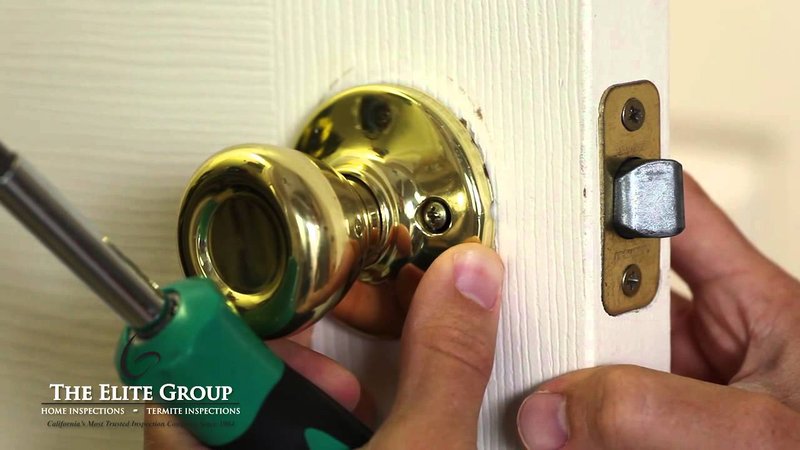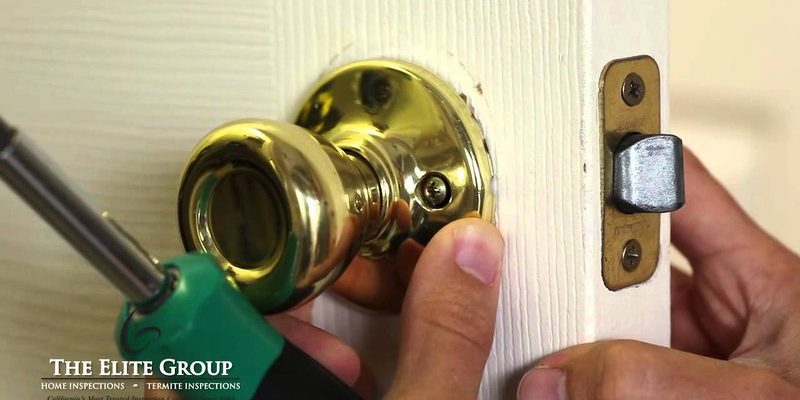
If you’ve ever found yourself wrestling with a door that won’t latch because of swollen wood, don’t worry! This guide will walk you through the steps to fix it. We’ll focus on the do-it-yourself approach, using basic tools you probably already have at home. So let’s dive into the world of door latches and humidity!
Understanding How Humidity Affects Your Door
Humidity levels fluctuate with the seasons, particularly in rainy or coastal areas. When humidity is high, wooden materials absorb moisture, leading to swelling. Imagine a sponge soaking up water. The same thing happens to wood—it expands, causing problems for door latches. A well-fitted door can suddenly become sticky or jammed.
You might be asking, “Why is my door latch such a drama queen?” Here’s the thing: a wooden door is designed to fit snugly within its frame. Swelling can push components out of alignment. The result? A door latch that either won’t engage or doesn’t close completely, leaving gaps that allow drafts or pests to sneak in.
To better understand, think of it like trying to close a suitcase that’s overstuffed. The latch simply can’t catch! Therefore, getting your door back to its proper shape can resolve these annoying issues.
Assessing the Problem
Before jumping into any fixes, it’s smart to figure out exactly how your door is misbehaving. Start by observing how the door moves. Does it stick when opening or closing? Does the latch catch but not fully engage? Alternatively, is the door itself hard to shut?
Common signs of door swelling include:
- A gap between the door frame and the casing.
- The latch doesn’t catch, requiring extra force.
- The door drags on the floor or frame.
Take a closer look at your door hardware too. Sometimes, the latch itself might need a little tuning. If the latch bolt isn’t aligning with the strike plate, that could also be a sign of swelling.
Once you’ve pinpointed the issues, it’s time to consider your options for repair.
Simple Fixes for Minor Swelling
If the swelling isn’t too severe, you might just be able to shave down a few areas. Grab a hand plane or sandpaper and gently work the edges where the door meets the frame. Focus on the top and sides, as they’re often the most affected areas.
Here’s a quick step-by-step:
1. Identify the problem areas: Check where the door sticks most.
2. Remove the door (if necessary): Sometimes it’s easier to work on the door when it’s off its hinges.
3. Gently sand or plane the swollen edges: Use even strokes and check frequently to avoid taking off too much material.
Remember to test the latch after each pass. It’s easy to overdo it, and you want that latch to catch without jamming.
Dealing with Severe Swelling
In cases of significant swelling, simply sanding may not cut it. Instead, you might need to consider using a moisture barrier or sealant on your door. This can help prevent future swelling by reducing moisture absorption.
Follow these steps:
1. Remove any hardware: Take off the latch and hinges.
2. Sand down the door: Focus on the edges that have swollen. You may smooth out more surface areas to allow for expansion without interference.
3. Apply a sealant: Choose a high-quality wood sealant designed for door use. Apply it evenly and allow it to dry according to the instructions.
This step may feel like a bit of a commitment, but think of it as investing in the longevity of your door.
Checking the Latch Mechanism
Sometimes, the culprit isn’t just the swelling wood but also the latch mechanism itself. A rusty or worn-out latch will not catch smoothly, even when the door itself is working fine.
To troubleshoot the latch, do the following:
1. Inspect for damage: Look for rust, wear, or bent components on the latch.
2. Clean the mechanism: Use a lubricant like WD-40 to clear out debris and reduce friction.
3. Realign the strike plate: If the latch isn’t hitting the strike plate properly, adjusting the plate may help. Loosen the screws, adjust slightly, and retighten.
By ensuring your latch is in top shape, you’ll improve the overall function of your door, regardless of the humidity.
Preventing Future Issues
Now that you’ve tackled the immediate concerns, it’s wise to consider how to prevent swelling in the future. Here are some helpful tips:
– Use a dehumidifier: In particularly humid areas, a dehumidifier can help keep moisture levels in check.
– Seal your door: Regularly check and refresh the sealant around your door. This will keep moisture from seeping into the wood.
– Maintain proper ventilation: Good airflow can help reduce humidity levels around your door.
These simple steps can save you from future headaches and keep your wooden door looking and working great.
When to Call a Professional
If you’ve tried these fixes and your door is still giving you trouble, it might be time to call in a professional. They can address more significant issues, like frame warping or structural problems that you might not be able to fix on your own.
Remember, there’s no shame in seeking help. You want your door to function properly without causing you any more stress!
Dealing with a door latch affected by high humidity can feel like wading through quicksand. But with a little patience and the right techniques, you can smooth out those rough edges and get your door back on track. Whether it’s simple sanding, applying sealant, or ensuring the latch is functioning properly, each step you take brings you closer to a fully functioning door. Keeping an eye on humidity levels and maintaining your door will help ensure it stays in good shape for years to come. Remember, a reliable door isn’t just about security; it’s about peace of mind!
